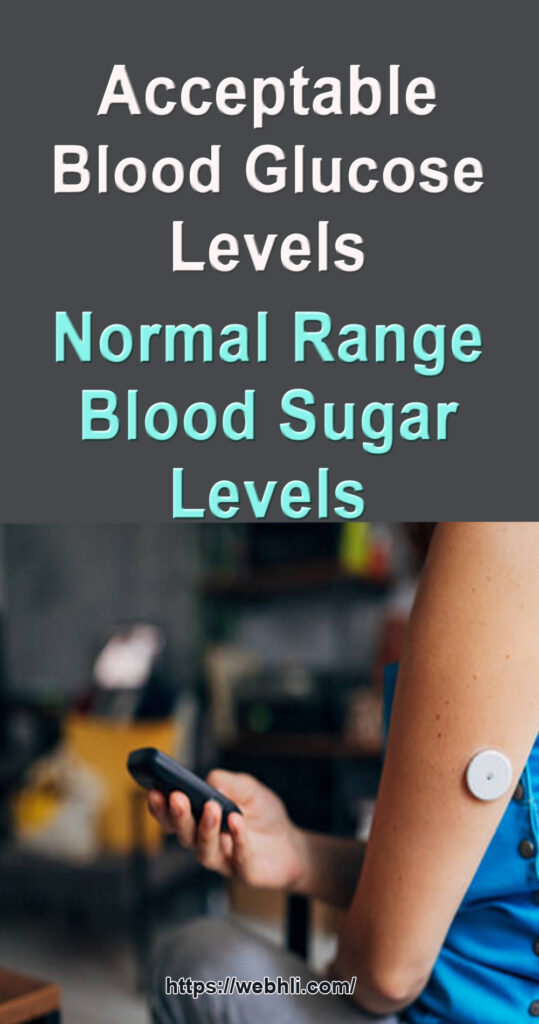
Have you been diagnosed with diabetes or pre-diabetes? If yes, then for sure your prime concern must be to maintain acceptable blood glucose levels. If you or someone you love is facing the problem of blood sugar control then you must read on.
What Is Glucose? First it is important to have a basic understanding about glucose. Glucose is a type of sugar that flows in the blood of human beings. It enters the body with the foods we eat in the form of carbohydrates. A person can regulate and maintain acceptable blood glucose levels by using glucagons and insulin hormone. These hormones are produced by the pancreas. The problem starts to get worse if pancreas fails to generate required amount of insulin to keep the blood sugar in control.
Check out these related articles, too:
Is Honey Good For Diabetes Patients
What Happens If Your Blood Sugar Is Not Managed Well?
The 10 Best Foods to Control Dangerous Blood Sugar Levels
The Dangerous Side of Diabetes Drugs
6 Simple Tips to Avoid Dangerous Blood Sugar Levels
Why The Diabetics Food Guide Pyramid May Be Dangerous
Severe Uncontrolled Diabetes Warning Danger
Acceptable blood glucose levels are generally between 70mg/dL and 150 mg/dL. The levels of glucose in blood varies widely and it depends on various factors. These include specific time of the day, last meal you ate and the physical activity. There are dangerous blood sugar levels as well. These levels could be either above or even below the range. Some signs of high sugar level in blood include irritability and lack of focus and energy. Sometimes even a person loses its consciousness if the glucose drops below the normal range.
If the level of glucose in blood is over 150 mg/dL then a person is considered to be hyperglycemic. This condition is generally termed high blood sugar. If a person is suffering from persistent low levels of sugar in blood the condition is termed hypoglycemic. Both are dangerous blood sugar levels. Persistent deviation from the normal range blood sugar level results in serious damage to kidneys, eyes and other body organs. It is important to take steps to control the condition.
Following are the tests conducted for controlling the level of glucose in blood.
Fasting Blood Sugar Test: This test is carried out to evaluate the level of glucose after a fast. This fast is typically 8 hours long. It is recommended to take this test as first thing in the morning. If the results of the test fall below 70 mg/dL and 99 mg/dL then the patient is considered to be in the normal range.
2 Hours Postprandial Blood Test: This test evaluates the level of glucose in blood typically 2 hours after the meal. If the results of this test are in the range of 70 mg/dL and 99 mg/dL then it is considered that patient have an acceptable blood glucose level.
Random Blood Sugar Test: The level of the sugar in blood is tested throughout the day regardless of the meal timings. The normal blood sugar ranges for this test are within 70 mg/dL and 135 mg/dL.
Oral Glucose Tolerance Test: This test is performed after giving the patient a glucose drink. The goal of this test is to check the reaction of the blood when a large amount of sugar is released in the blood.
Learn more about the details of Signs Of Diabetes and learn the tips to achieve Normal Blood Sugar Levels. I have mentioned here tips and tricks with the help of which I have said "good-bye" to Diabetes; so you can do the same.
Article Source: http://EzineArticles.com/3762993

 Protected by Patchstack
Protected by Patchstack